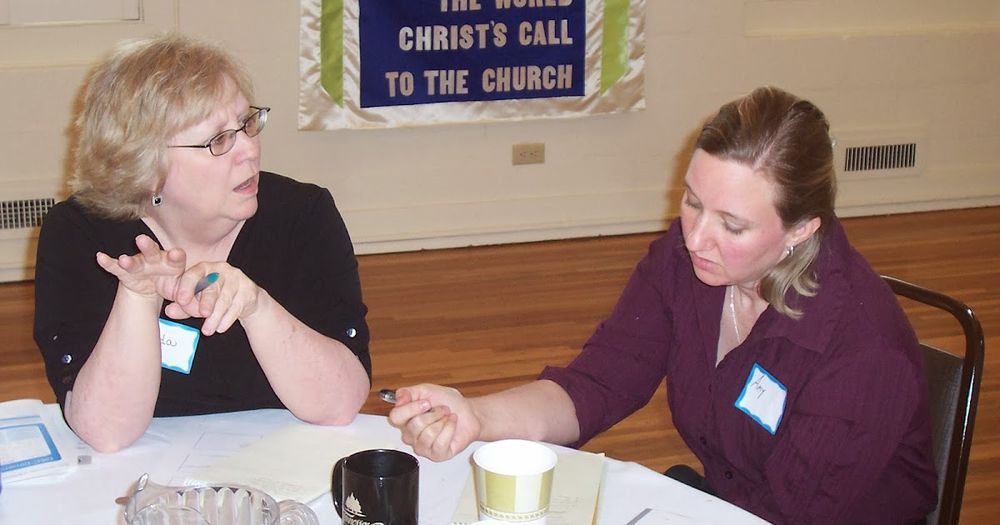Leadership: Control or Collaboration
The 20th century industrial model thrived on a tight command and control model. It increased production, but it often fostered an “us” versus “them” approach--industry versus labor union, employer versus employee, “boss” versus workers.
In his New Leadership Paradigm, Steve Piersanti picks up on this in calling for a shift from the old paradigm of control to one of collaboration. The control approach depended on coercion, dominance, and secrecy to “keep people in line.” The new paradigm calls for collaboration. Piersanti describes collaboration in this way: “Leadership is exercised through invitation, request, dialogue, persuasion, respect, openness, kindness, integrity, and partnership, without compulsion.”
This is the way that the church was intended to function. In Romans 12:4-8, the apostle Paul writes,
For just as each of us has one body with many members, and these members do not all have the same function, so in Christ we, though many, form one body, and each member belongs to all the others. We have different gifts, according to the grace given to each of us. If your gift is prophesying, then prophesy in accordance with your faith; if it is serving, then serve; if it is teaching, then teach; if it is to encourage, then give encouragement; if it is giving, then give generously; if it is to lead, do it diligently; if it is to show mercy, do it cheerfully.
A similar approach is presented in 1 Corinthians 12 and Ephesians 4. The church is an organic whole with interdependent parts, all of which have a function and perform that function to the best of their ability. They do this because it is their purpose, what they are called to do.
The 21st century church will be at its best only when it effectively calls out, equips, and empowers every believer to do his or her part in pursuing the mission of God in this world. This is the leadership model for the Kingdom.
(This post first appeared here on July 30, 2019.)
var gaJsHost = (("https:" == document.location.protocol) ? "https://ssl." : "http://www.");
document.write(unescape("%3Cscript src='" + gaJsHost + "google-analytics.com/ga.js' type='text/javascript'%3E%3C/script%3E"));
try {
var pageTracker = _gat._getTracker("UA-7047602-1");
pageTracker._trackPageview();
} catch(err) {}
























